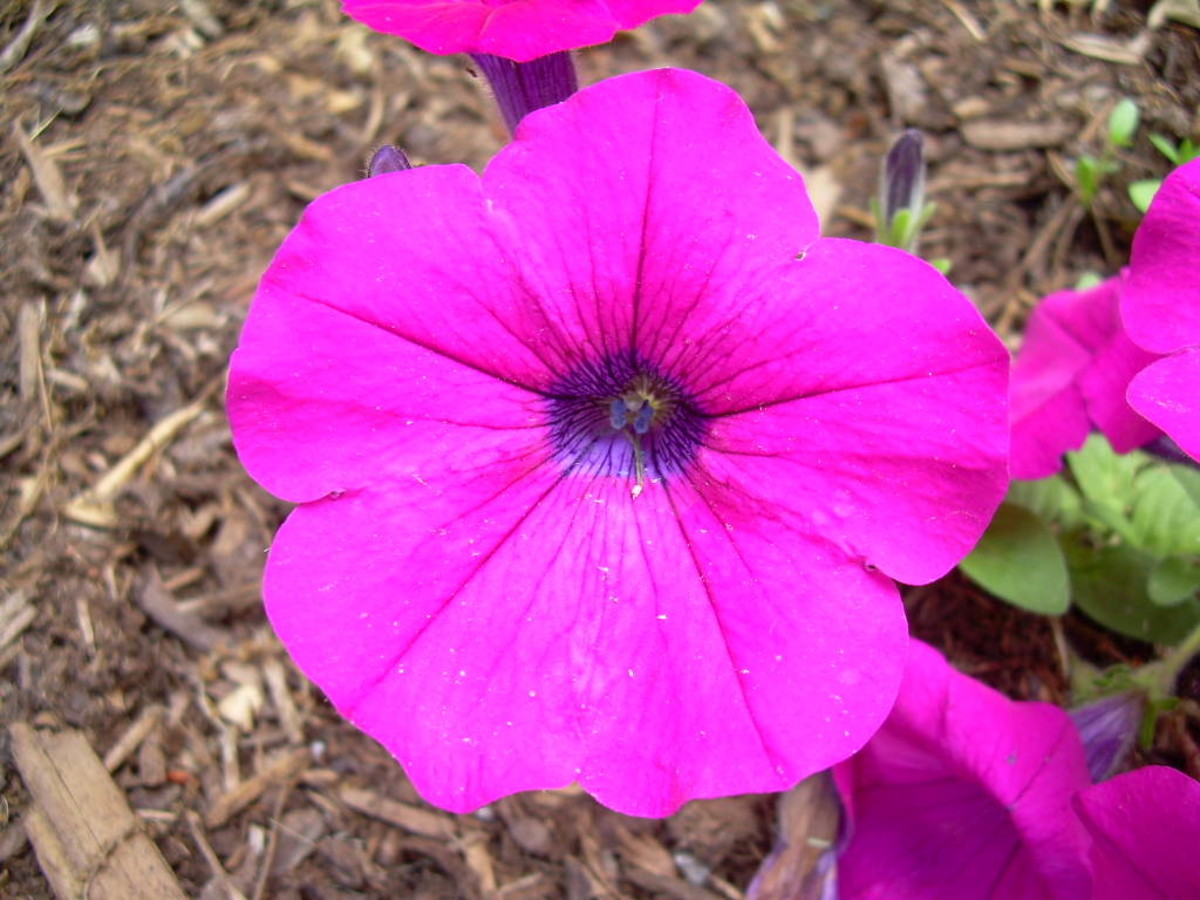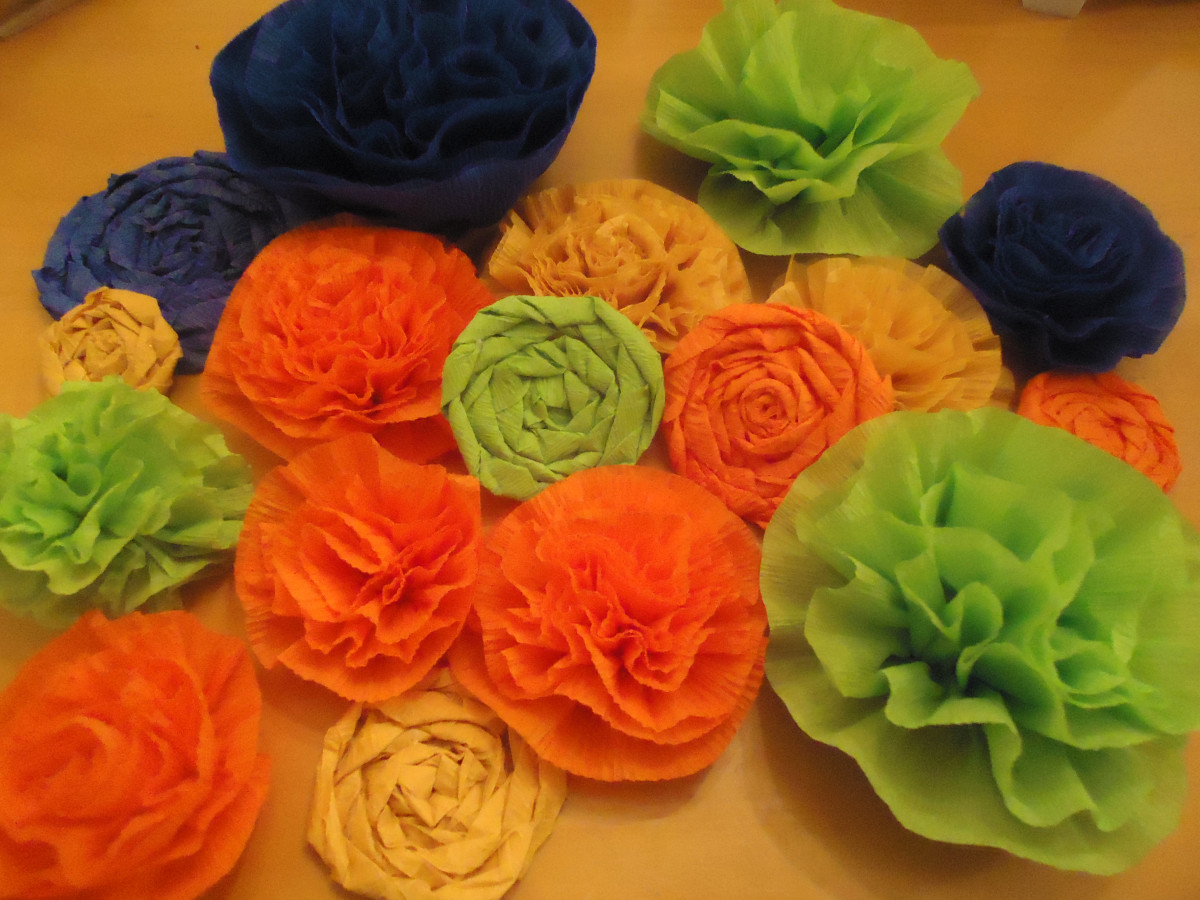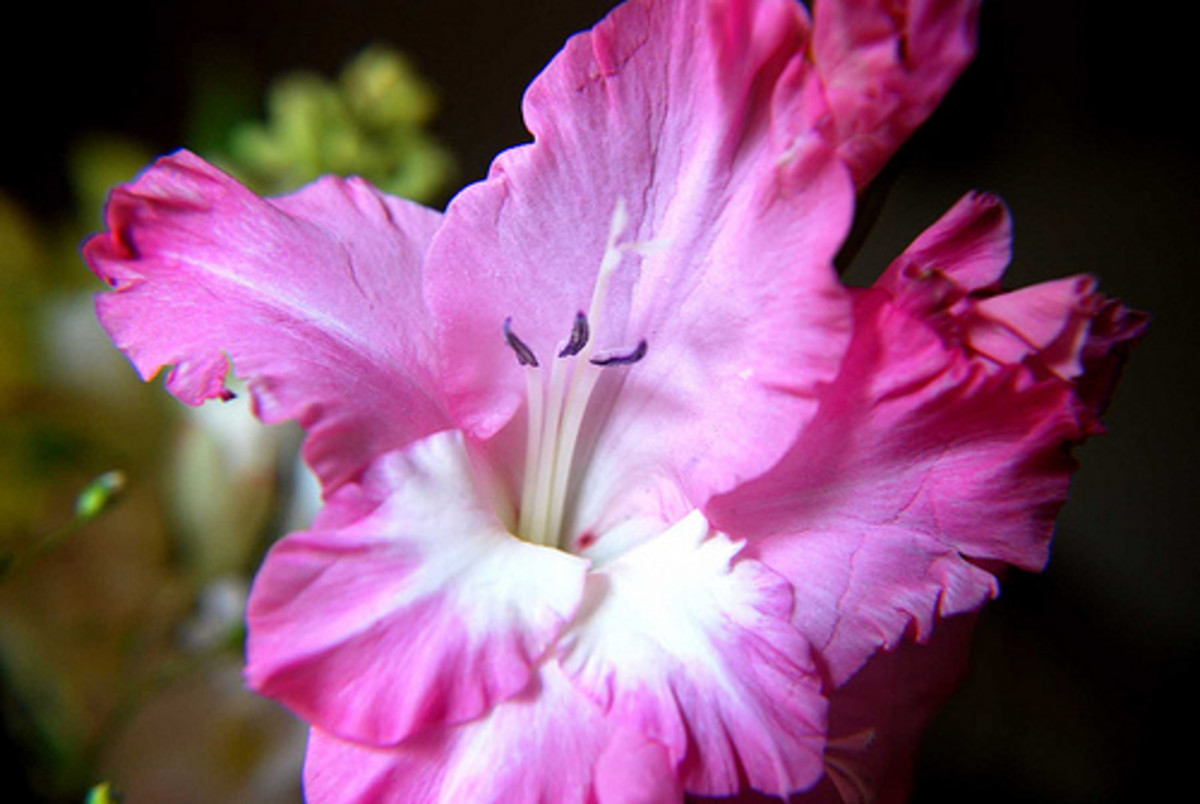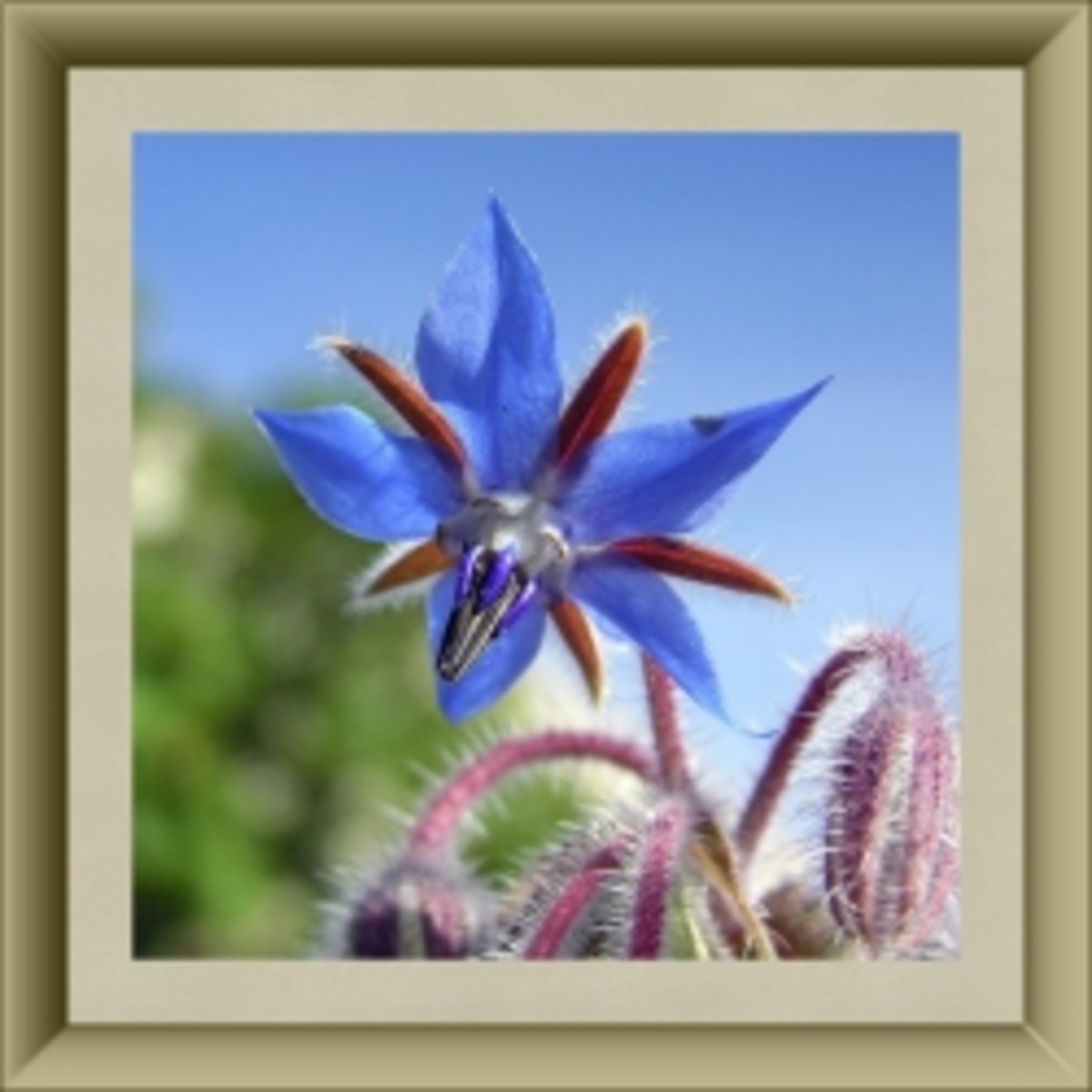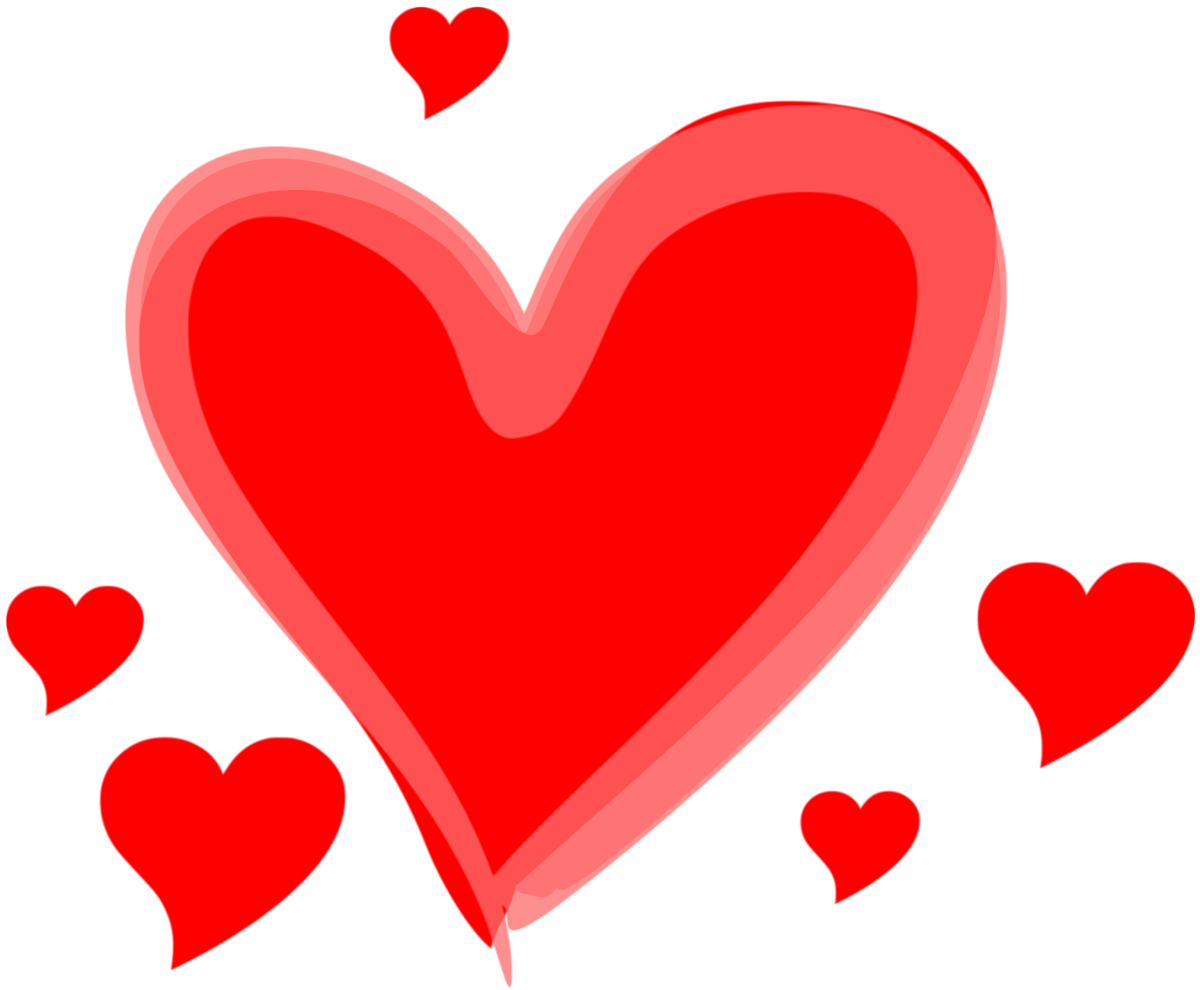Flowers of the Month
For centuries, flowers and plants have been assigned meanings that can turn the average gift into something very meaningful, if you know what the blossoms say! Here is a guide to what every flower means, and the month of the year it is assigned to.
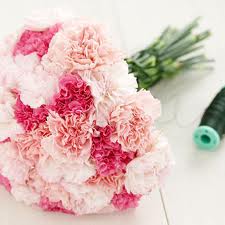
January: Carnation
A frilly round blossom that has lots of color options, the carnation is extremely popular. It also has a very long life as a cut flower, making it perfect for corsages, boutonnieres and bouquets.
Originally, carnations were a light pink, but as different varieties came about, each one came to symbolize a different kind of love. The original pink stands for a mother's love and devotion, light red admiration, dark red a deep love, and white a pure love and good luck. Avoid striped and purple ones, as one means regret and the other capriciousness.
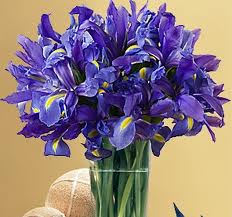
February: Iris
This beautiful flower is named after the Greek goddess of love, Iris, and comes in almost every color imaginable. There are over 200 varieties of iris, with lots of variation in each. This versatile flower can grow in the desert, in swamps, and even cold of the far north.
The iris' three upright petals represent faith, wisdom, and hope, though each color has it's own particular meaning. Purple, the most common, is symbolic of wisdom and compliments, and blue stands for faith and hope. White means purity, and yellow passion. The giving of irises traditionally conveys giving of a compliment, so give these to someone that you greatly esteem.
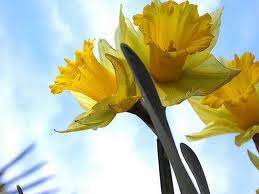
March: Daffodil
Heralding the beginning of spring, the daffodil is a cheerful, vibrant reminder that sunshine and more blossoms are just around the corner. They stand for rebirth and new growth, telling us that they are only beginning of the glories that spring has in store.
Traditionally, daffodils are a bright golden yellow, but over the centuries different colors and combinations have been developed.
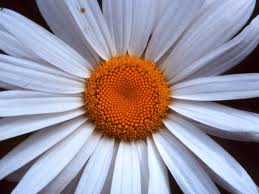
April: Daisy
The Latin word for daisy means "pretty", and nothing could better describe these popular flowers. The bright white petals that surround a round yellow center are the picture of innocence and purity, which daisies have come to represent. Because they are suited to many different climates, they grow almost everywhere and are favorites for bouquets and flower chains.
In the days of knights and fair maidens, a single daisy would be worn with an outfit to signify availability, and after betrothal a chain of daisies served as an engagement ring.
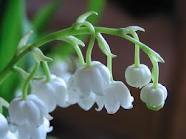
May: Lily of the Valley
These tiny flowers are representatives of happiness and complete life, modestly peeping their heads out on the six stamens that the plant produces. Usually they are pure white, but occasionally you'll find some with a soft pink hue. First making their appearance in spring, by September the flowers have turned into tiny berries.
Lily of the Valley are not only admired for their delicate beauty but also for their fragrance that is used in perfumes. Additionally, they have a medicinal component that is effective for treating heart failure.
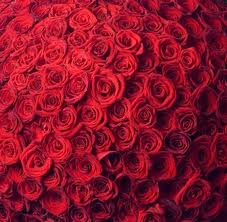
June: Rose
The rose is the world's most popular flower for gift giving, with meanings appropriate for any occasion or relationship. There are hundreds of species in the world, with variations that are suitable to almost any climate. With so many colors, each has come to signify something in particular.
- Red symbolizes love, probably because ancient Romans and Greeks associated it with their goddesses of love.
- Light pink represents admiration, dark pink gratitude, and medium pink grace and lesser feelings of love.
- White signifies purity, innocence and humility.
- Yellow means friendship.
- Blue, though rare, represents mystery.
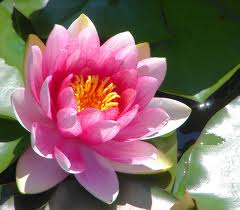
July: Water Lily
The water lily is symbolic of rebirth, a meaning strengthened by the plant's natural growth cycle. Though the beautiful flower only lives for a couple of days before fading away, the seed lasts and can be replanted for up to 2,000 years. The plant is rooted in soil, but grows and floats in water.
Most blooms are pink or white, with vibrant green leaves that are purple underneath. Occasionally, there is a species that grows blue, and a type indigenous to Florida that blossoms yellow.
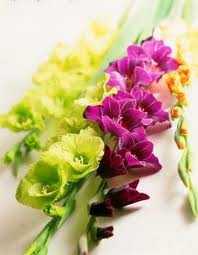
August: Gladiolus
A member of the iris family, the gladiolus is a tall, regal looking flower that blooms along a spike that measures one to four feet tall. It has also been referred to as the sword flower. The imposing appearance of the gladiolus makes it convey the meaning of strength of character and loyalty.
This is a beautiful cut flower because it last for a long time in a vase, and comes in almost any color except blue.
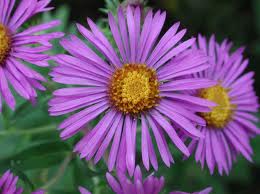
September: Aster
This wildflower is called Aster, the Greek word for star because of it's lush resemblance. It's meaning is love and patience. They are the perfect fall flower, long outlasting more delicate varieties that are killed by the first frost.
Asters come in a rainbow of colors, such as red, yellow, and blue, but the most common is a lavender tinted pink with a yellow center.
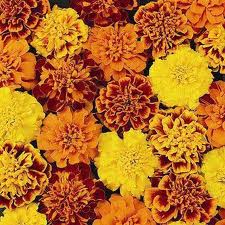
October: Marigold
These golden balls of flower proudly carry their round, full heads well into the fall months. Like miniature, fluffy sunflowers, they turn their heads to follow the sun throughout the days, beginning June and re-blooming in the fall until they die in the frost.
Representing sympathy, marigolds were used in the Victorian era to say "my thoughts and feelings are with you."
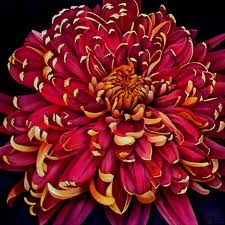
November: Chrysanthemum
It brings cheerfulness and love during one of the gloomiest months of the year-- what else could you ask from a flower? Lots of people love chrysanthemums, as they are the second most popular flower after the rose. On the color spectrum, they range from pinks and reds to yellows, with every extreme and everything in between. The chrysanthemum is often nicknamed the mum, and bears some resemblance to it's cousin the daisy.
Japan claimed the mum as it's official flower, but it originated in China over 2,000 years ago. It is referred to in Chinese tradition as one of the "Noble Four" along with bamboo, plum, and orchids.
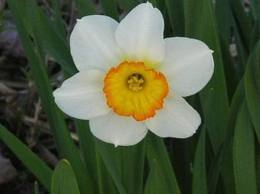
December: Narcissus
December's birth flower is often confused with March's, the daffodil. but there are several characteristics of the narcissus that make it unique-- it has a much shorter trumpet in the center, and the back petals are usually a pure white, while the centers vary in shades of gold and yellow.
It symbolizes respect, modesty, and faithfulness, and though they are far from a showy flower, they are cheering and hardy.

